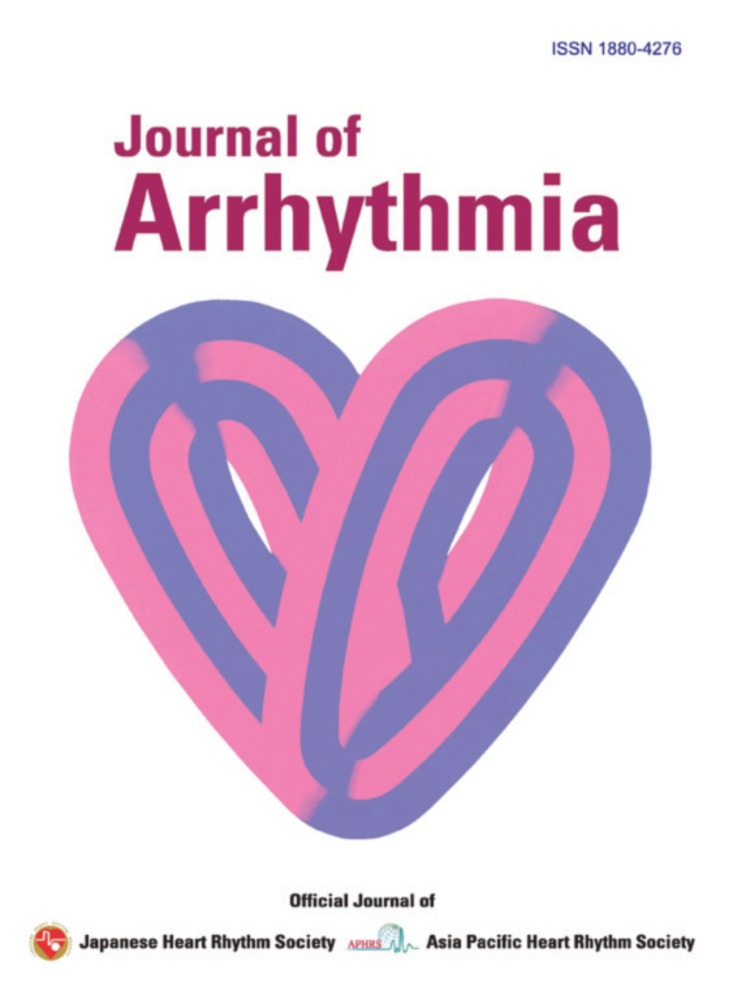Association of Syncope and Atrioventricular Nodal Reentrant Tachycardia in a Patient with Brugada-type Electrocardiogram —Importance of Electrophysiologic Study in Differential Diagnosis of Wide QRS Tachycardia—
Abstract
A 65-year-old man developed syncope following palpitation during an outdoor activity in the daytime. The 12-lead electrocardiogram (ECG) showed Brugada-type ST segment elevation. Holter ECG monitoring documented an episode of regular wide QRS tachycardia. During an electrophysiologic study (EPS), ventricular tachyarrhythmia was not induced. However, a common (slow-fast) type atrioventricular nodal reentrant tachycardia with aberrant ventricular conduction, which was the same configuration as the wide QRS tachycardia recorded by the Holter ECG monitoring, was induced. The patient has been asymptomatic for the 12-month follow-up after the successful slow pathway ablation. This patient reminds us of the importance of EPS in the differential diagnosis of a wide QRS tachycardia.




